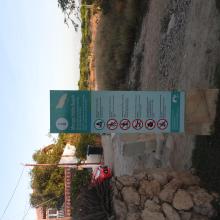
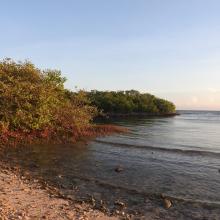
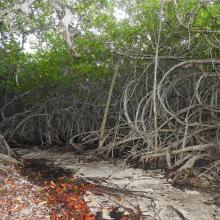
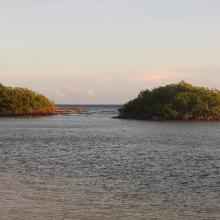
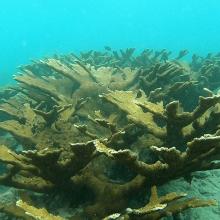

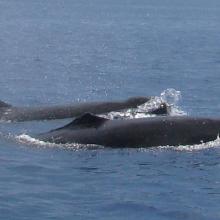
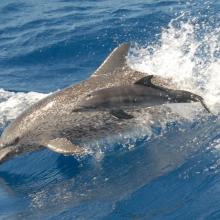

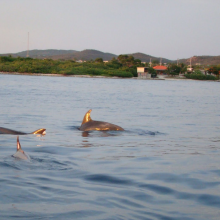
South Coast
- Country:Netherlands (Kingdom of the) (Aruba)
- Site number:2526
- Area:3,975 ha
- Designation date:10-11-2023
- Coordinates:12°28'N 70°00'W
Materials presented on this website, particularly maps and territorial information, are as-is and as-available based on available data and do not imply the expression of any opinion whatsoever on the part of the Secretariat of the Ramsar Convention concerning the legal status of any country, territory, city or area, or of its authorities, or concerning the delimitation of its frontiers or boundaries.
Overview
This 19-kilometre stretch of the southern leeward coast of Aruba is considered the most biodiverse area of the country. It features the island’s largest stand of mangrove forest, dense seagrass beds, beaches, coral reefs, and the island’s main chain of reef islets. This combination of habitats is unique for Aruba and provides crucial reproduction, nursery and foraging sites for multiple animal species including terns, three species of sea turtles, twelve sea mammals, many soft and stony corals, fish and sponges. The beaches provide nesting habitat for green (Chelonia mydas), hawksbill (Eretmochelys imbricata) and loggerhead (Caretta caretta) turtles. The Site is the most important coral recruitment area of Aruba, and the shallow coastal zone features relatively large stands of blade fire coral (Millepora complanata) and elkhorn coral (Acropora palmata). In deeper areas the near-threatened spotted eagle ray (Aetobatus narinari) and tiger shark (Galeocerdo cuvier) can be observed. Several globally threatened species are found, including endemic and critically endangered ones. Besides the biodiversity it supports, the Site also provides significant benefits to the Aruban economy through coastal protection, fishing and tourism (diving and snorkeling). As of 2023 a plan was in place to restore the mangroves and construct artificial reefs, while a management plan was being prepared.
Administrative region:
The Caribbean Island Aruba, which is a constituent country of the Kingdom of the Netherlands
- National legal designation:
- Marine National Park - MPA Oranjestad and MPA Mangel Halto
- Last publication date:10-11-2023
Downloads
Ramsar Information Sheet (RIS)
Site map
Additional reports and documents
- Site management plan
